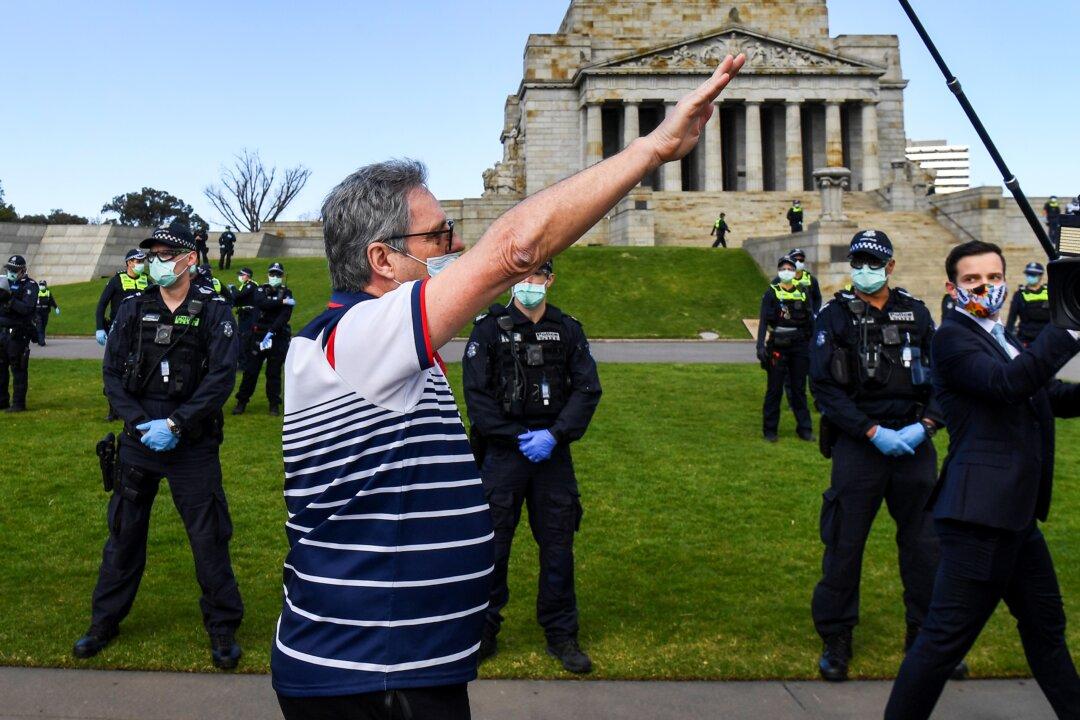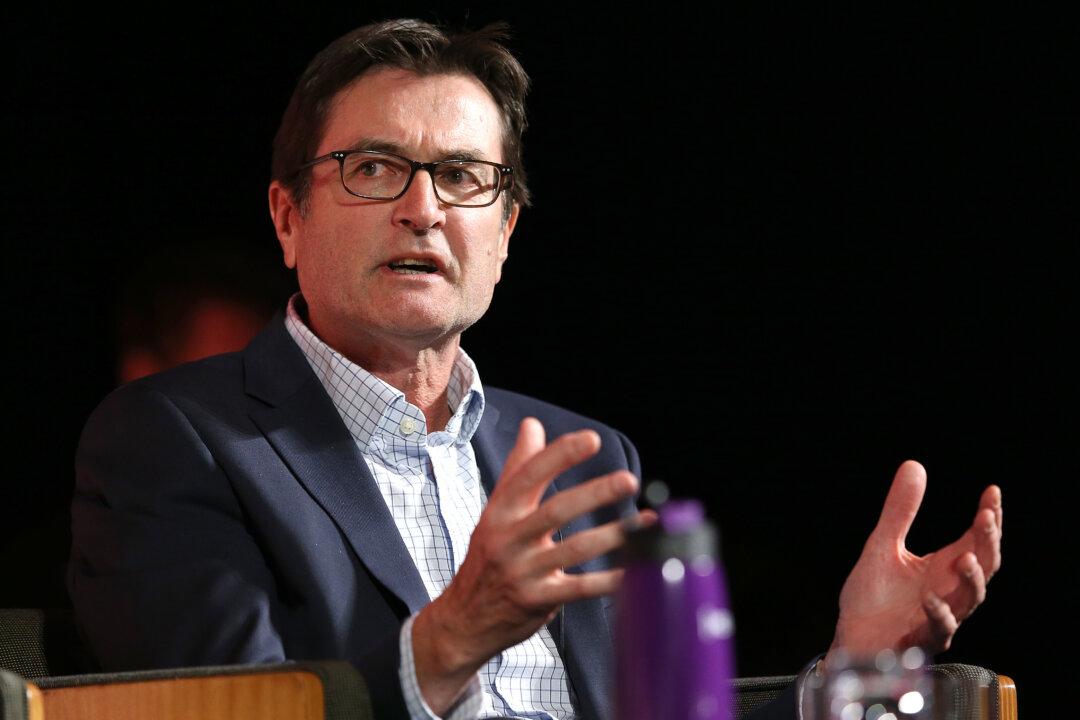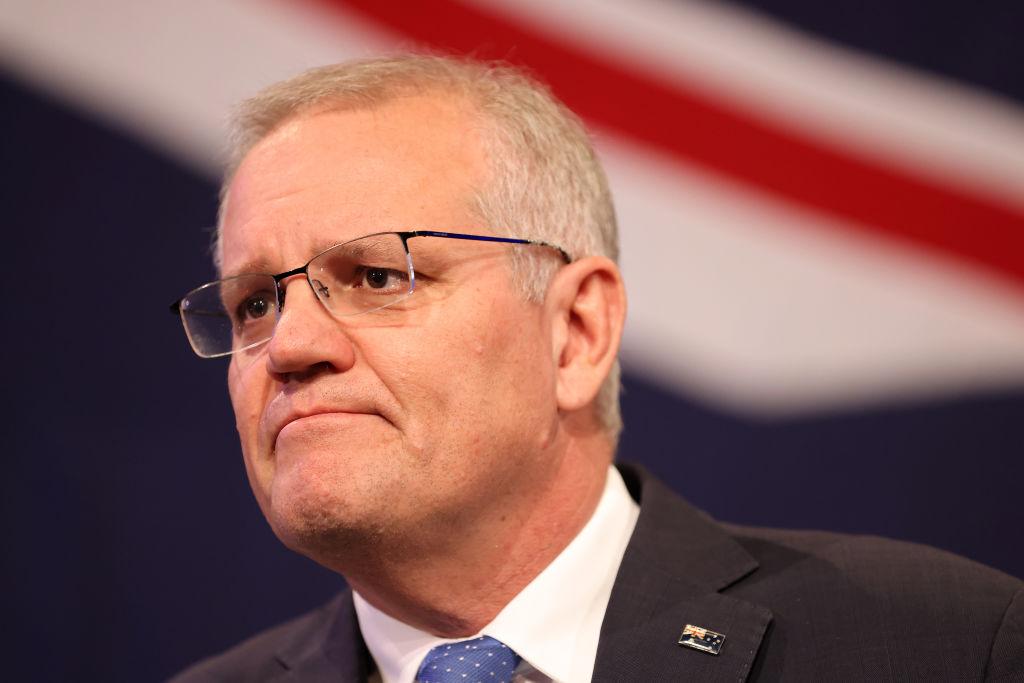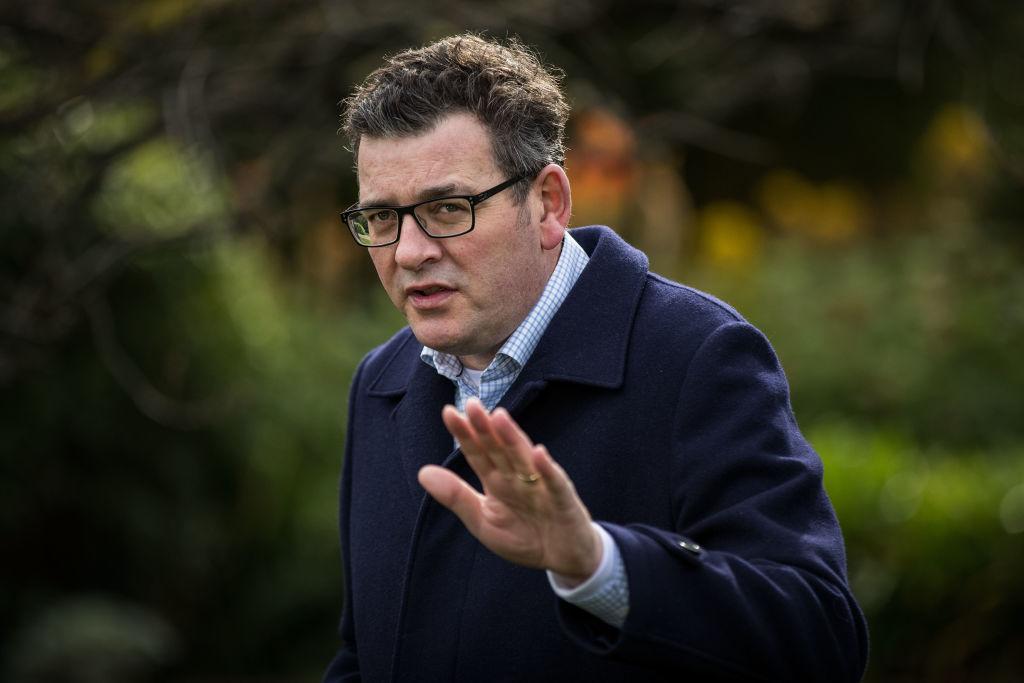The Nazi salute along with the display of all related insignia will be explicitly outlawed in Australia’s most populous state, after alleged white supremacists conducted a series of protests over this year’s Australia Day long weekend.
New South Wales (NSW) Premier Chris Minns has stated clearly that he intends to toughen laws to ban the Nazi salute.





